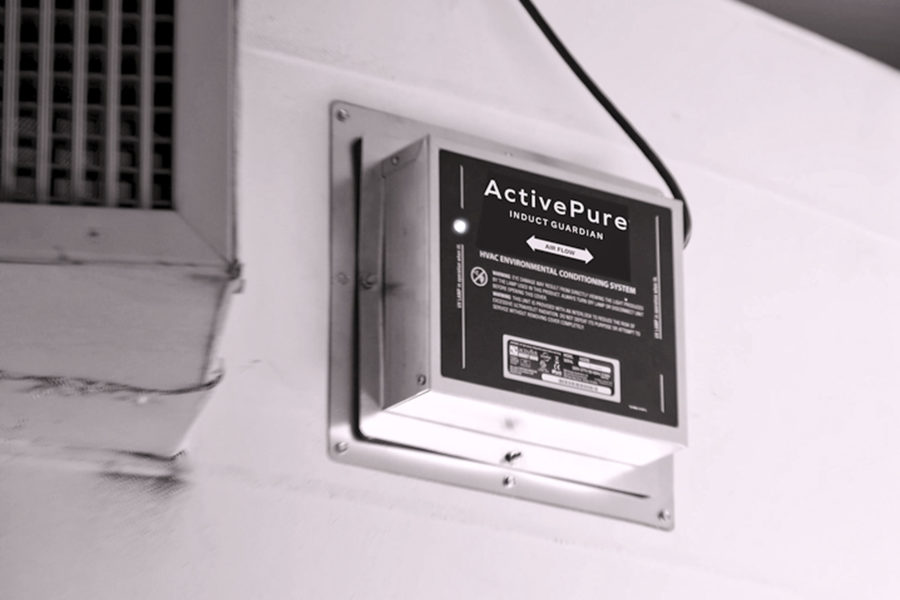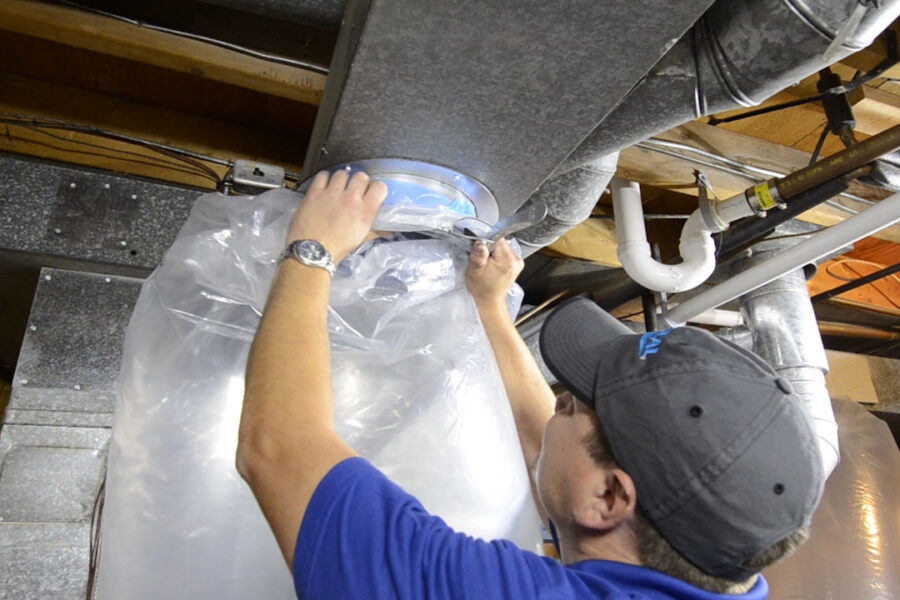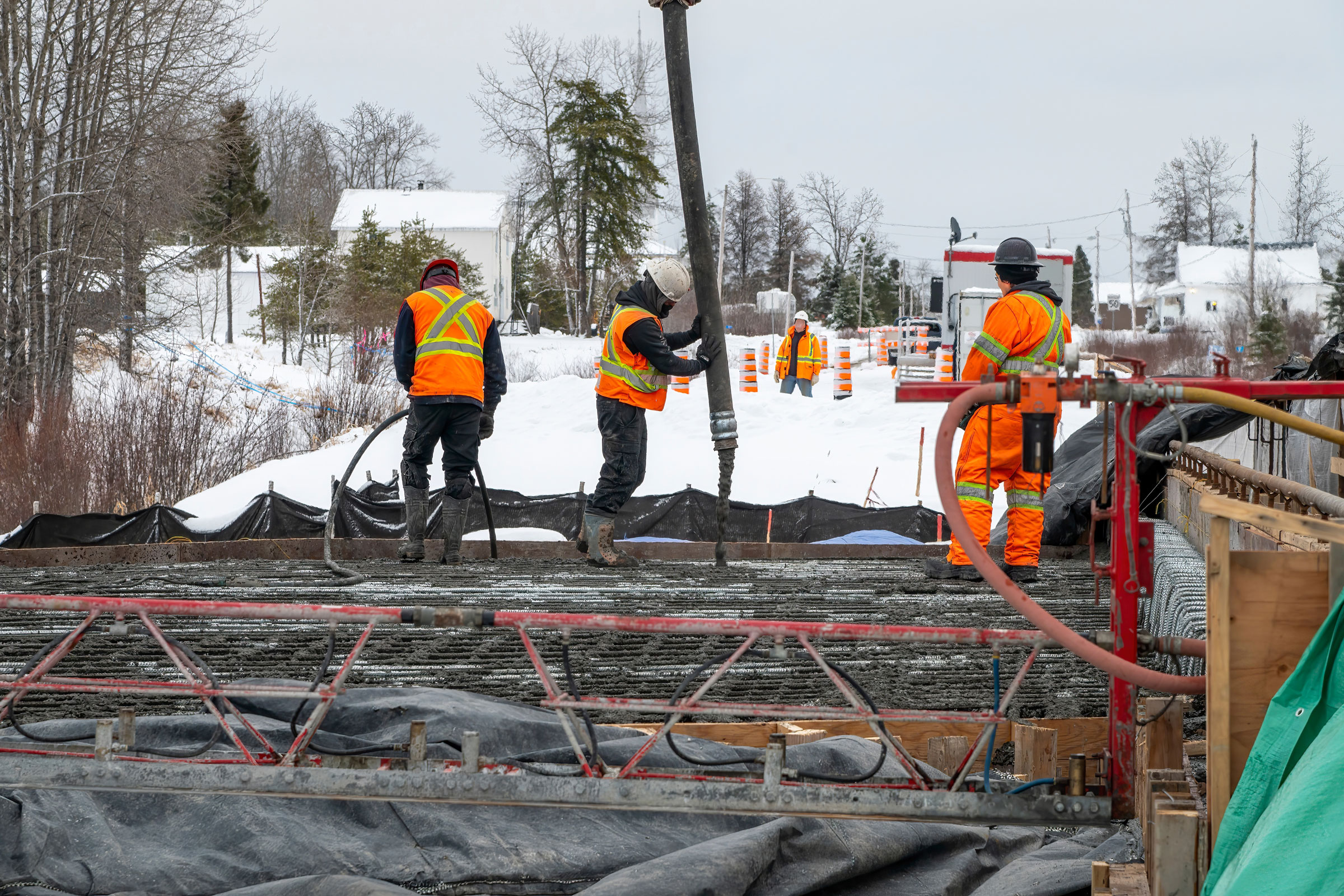Story at a glance
- Measuring indoor air quality regularly for key pollutants is important for avoiding sick building syndrome and keeping people healthy and productive.
- Sealing exhaust ductwork can help to ensure indoor air pollutants are permanently removed from your interior.
- A smart IAQ monitoring system will alert you to any problems so you can rectify them quickly.
One of the paradoxes of designing and building well-insulated, energy-efficient structures is that any internal pollution generated by normal activities like cleaning and cooking at home or using the copy machine in the office stays trapped inside. The result is poor indoor air quality (IAQ), which could lead to acute illness in people—or what used to be commonly referred to as sick building syndrome.
Knowing that IAQ can include certain volatile organic compounds (VOCs) at levels up to 10 times higher than outdoor air is reason enough to do everything possible to improve it. Diagnosing the problem by measuring indoor air quality allows you to determine exactly what airborne pollutants are the cause of the bad air. Then you’ll be in an ideal position to know what steps to take to remedy your particular air quality issues.
Here are some steps to take when measuring IAQ, according to medical and industry experts.
Why is Indoor Air Quality Important?

Photo courtesy of TSI
Indoor air quality is important for safeguarding good health and sustaining high levels of work productivity. Research conclusively shows that breathing dirty air is a major cause of premature death as well as a large number of cardiovascular diseases and asthma. There is also substantial evidence that poor air quality negatively impacts work performance.
Healthy indoor air quality dramatically improves physical and mental health. Breathing easier enhances personal comfort and safety, leading to improved mood. Additionally, good IAQ positively affects cognitive ability and decision-making. Lastly, at a time of an increasing number of airborne pathogens including SARS-CoV2, H5N1, and RSV, verifying high IAQ at all times through quantitative measurement is essential.
How to Measure Indoor Air Quality

Photo courtesy of ActivePure
There are several top-rated monitors on the market to measure indoor air quality. Here we highlight three. Each provides different important information about the quality of indoor air. Together they provide a comprehensive measure of indoor air quality, which is inherently difficult to grasp, partly due to the dynamic, ever-changing nature of air.
Q-Trak XP Indoor Air Quality Monitor
Three of the most common indoor pollutants you want to keep a close eye on are carbon dioxide, formaldehyde, and PM2.5.
“The Q-Trak XP Indoor Air Quality Monitor unites gas and particle measurements with traditional IAQ parameters—in one lightweight, handheld instrument that is easy to use, configure, and calibrate in the field,” says Kevin Chase, global product manager at TSI. “Designed for IAQ and industrial hygiene professionals, this monitor allows you to add or change gas sensors, so you can expand your indoor air quality assessment capabilities.”
PositiV
PositiV is a healthy building, two-monitor system manufactured by Melink. “One monitor is installed on the exterior of the building, typically on the roof, and another is placed in a well-lit central location indoors. Together they monitor how the outside air is impacting the inside air—tying HVAC performance metrics to indoor air space,” Alex Falck, product manager at Melink, previously told gb&d.
PositiV measures four key building health metrics—temperature, relative humidity, carbon dioxide, and building pressure. “The system uses nine pressure sensors, nine temperature sensors, and one humidity and CO2 sensor for accurate, reliable tracking. It is a completely self-powered system. No plugins or IOT are needed.”
Falck says a positively pressurized building will typically save 20% over a negatively pressurized building. “You want to operate in net positive pressurization. PositiV helps make sure your HVAC system is not overworking and not using unnecessary energy, benefiting the environment and your wallet.”
ActivePure
ActivePure air purification systems use photocatalysis via reactive oxygen species to inactivate airborne pathogens. “What happened during the pandemic is all of the experts in the HVAC space said we have to do more circulating, filtering, and diluting of air, but that takes a lot of energy. It has exposed the inadequacies of our indoor air to a degree we have never seen before,” Amy Carenza, chief commercial officer at ActivePure, previously told gb&d.
Dr. Deborah Birx, chief medical and science advisor at ActivePure, also told gb&d, “Now that people are being reinfected for the third, fourth, or fifth time, as a global community knowing you have technology that can prevent transmission in indoor spaces where we know most transmission occurs, and using it, is critical.”
Tips for Maintaining High Indoor Air Quality

Photo courtesy of Aeroseal
Open a Window
When the outdoor air quality around your building is fair to excellent, as noted on the local Air Quality Index, the best way to achieve high indoor air quality is to open as many windows as possible for as long as possible. However, even a few minutes promotes air exchange, diluting indoor air contaminants with fresh air.
Create Cross-Ventilation
Opening windows at opposite ends of a room or building is even better because of the cross-ventilation it affords. People inside will breathe more easily as a result.
Seal Air Ducts Tightly
Another way to optimize IAQ is to pull out airborne indoor pollutants through the exhaust vans in your building. For this to be successful, the air ducts must be tightly sealed so dirty air will leave and not leak back in. Since 75% of exhaust systems leak up to 25% of indoor air back inside, it’s critical that you check your air handling system regularly.
Products like Aeroseal can detect any problems with your exhaust system and fix them. “You can imagine, especially with Covid and people trying to make sure they’re bringing the right amount of fresh air into a space, if you’re leaking out 20% and you’re only bringing in 20% of fresh air, a significant amount is not making it into that space to dilute all those contaminants. There’s a huge problem people don’t even realize is happening because it’s hidden above the ceiling or behind the wall,” April Frakes, director of commercial business development at Aeroseal, told gb&d in an earlier interview.
“We pressurize that duct system so the sealant comes in and fills up all those holes and gaps. Most of our labor is really blocking off those exhaust grills or, in a supply system, some of the VAV boxes in the air handling. We’re making sure we create that duct run that we can inject the air seal into. Aeroseal has no volatile organic chemicals off-gassing after it’s cured. Aeroseal has been shown to last for more than 30 years. We don’t have to come back and do it again. As long as there are no changes to the ductwork in the HVAC system, it’s a one and done kind of measure.”




